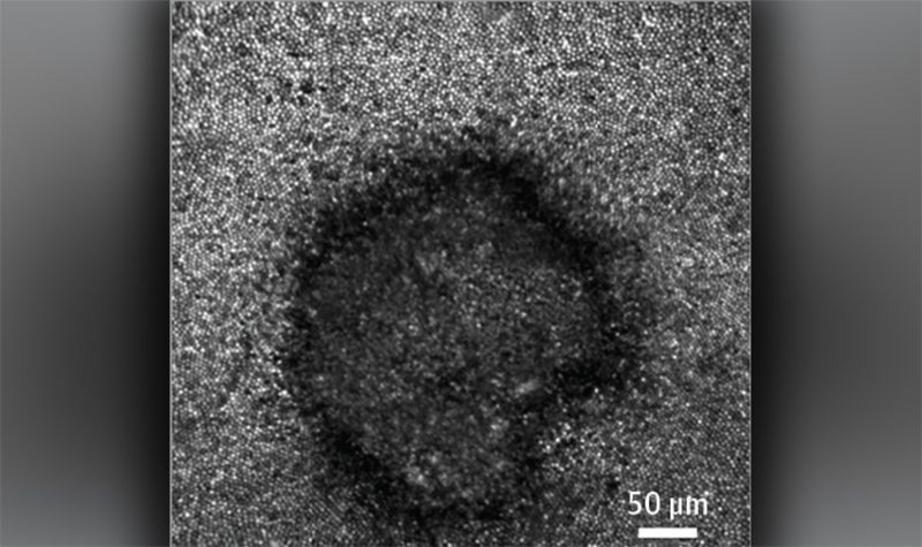Woman's scorched retina highlights danger of solar eclipse
A 26-year-old who viewed August's total solar eclipse without proper safety glasses stands as a cautionary tale.
Unfiltered viewing of a solar eclipse, even for a short time, can cause permanent damage, a new study shows.
Should you ever feel tempted to take in the beauty of a solar eclipse without a proper pair of protective eyeglasses, remember the story of 26-year-old Nia Payne.
The Staten Island, New York, resident, like nearly 90 percent of other Americans, took advantage of clear weather on Aug. 21, 2017, to glance up at the historic total solar eclipse unfolding across the U.S. For six seconds, Payne gazed at the spectacle of the moon crossing the sun, almost 70 percent eclipsed, without any glasses. She then used what she thought were a pair of official eclipse sunglasses and proceeded to view the event for an additional 15 to 20 seconds.
As Payne would later discover, the glasses she used were likely unsafe fraudulent knockoffs that flooded the market ahead of the eclipse. The next day, she lost vision in the center of her left eye — a form of retinal injury called acute solar retinopathy.
In a new study published in the journal JAMA Ophthalmology, stunning photos of the damage to Payne's left eye show just how powerful and damaging unfiltered viewing of the sun can be. In this case, the light literally burned a crescent-shaped impression of the eclipse onto her retina.
 Advanced imaging of the patient's retina revealed a dark crescent-shape of damage.
Advanced imaging of the patient's retina revealed a dark crescent-shape of damage.
"When we have a patient who comes in saying they see a dark spot, we have them draw it," Dr. Avnish Deobhakta, author of the study and an ophthalmologist at the New York Eye and Ear Infirmary of Mount Sinai, told CNN. "She drew a crescent, which corresponded to the exposed sun that was seen in the New York area the day of the eclipse. Then we did an imaging of this layer, and we saw what amounted to a crescent shape of damage to that layer. That really has never been able to be seen before. Our intuitions are shown to be correct by this very precise technology."
Adjusting to irreversible damage
Since suffering her injury from the eclipse, Payne says the dead spot that now exists in her left eye has not improved. Eye doctors concur that, for now, the damage is irreversible.
"So far, it's a nightmare, and sometimes it makes me very sad when I close my eyes and see it," Payne, who has trained herself to focus with her right eye, told CNN. "It's embarrassing. People will assume I was just one of those people who stared blankly at the sun or didn't check the person with the glasses."
With nine more total solar eclipses slated to take place above U.S. soil in the 21st century, including a Mexico to Maine crossing in April 2024, Payne's experience offers a cautionary tale for all of us excited to take in the wonder of these celestial phenomena. If you still have your ISO 12312-2 accredited specs, and they're not scratched or damaged, you're good to go for future eclipse viewings. Should you have any doubt, however, it's best to invest in a new pair through the American Astronomical Society that won't leave you seeing a crescent-shaped spot.
"It's something I have to live with for the rest of my life," added Payne. "But it could be a whole lot worse, and I try to count my blessings."

